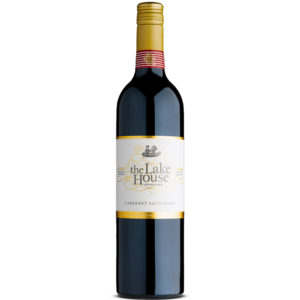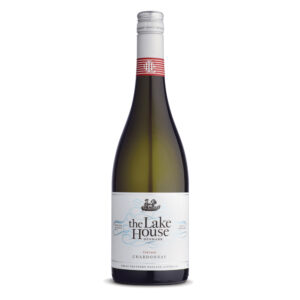Say goodbye to sediment and hello to aeration with this step-by-step guide on how to decant wine.
A wine decanter, while used to serve wine, isn’t just a fancy carafe. So what is it, exactly? Usually made of glass and with an easy to pour neck, decanters are vessels that help elevate the flavours of your finest drops. No one likes a mouthful of sediment, so one of the most important things decanting does is to eliminate any solids that may be left floating around your favourite bottle of wine. The other benefit of decanting is to aerate the wine by introducing oxygen to the liquid (AKA “letting the wine breathe”).
How do you decant wine?
Decanting means to gradually pour a liquid (usually wine or port) from one container into another, in order to separate out sediment. But there are a few more steps involved when it comes to decanting wine.
-
Prepare the bottle
Been storing your wine horizontally? We suggest sitting it upright for a full day (at least) prior to decanting, to allow any sediment to settle at the bottom of the bottle.
-
Open and pour
Open your wine bottle (it may have a stelvin cap or have a cork) then pour the wine into the decanter, making sure to maintain a steady pace as you do so. While pouring, keep the bottom of the bottle below an angle of 45 degrees. This prevents the wine from gushing out of the bottle and disturbing the sediment.
-
Watch out for sediment
As you pour, keep an eye out for any sediment that may approach the opening. If you see any sediment nearing the neck of the bottle, tilt the bottle back upright then start again. Having trouble spotting sediment? Try shining a light or candle (if you’re into theatrics) over the bottle.
-
Finish pouring
Once you’ve poured out most of the wine, leave a little bit of liquid (and the sediment) in the bottle. You can decanter a bottle up to four hours before you plan on enjoying it.
Picking a wine decanter
While the act of decanting alone adds a touch of pizazz to the whole wine drinking process, your choice of decanters will certainly impress guests. There are heaps of styles and designs on offer, but when it comes to picking a wine decanter, we suggest looking for one that has an angled spout for easy, drip-free pouring, a long, wide neck for better aeration, and a wide base.
Do all wines need to be decanted?
Depending on who you speak to, the need to decanter all wines is debatable. The Lake House Denmark’s rule of thumb – let it breath if it’s red, if it’s white it’s your choice if you leave it to rest, and if it’s bubbly there’s really no need to stress.



















[…] you’ve just spent a small fortune on a fine wine, don’t waste it by forgetting to decant it. For the uninitiated, decanting means to gradually pour a liquid from one container into another to […]
[…] you’ve just spent a small fortune on a fine wine, don’t waste it by forgetting to decant it. For the uninitiated, decanting means to gradually pour a liquid from one container into another to […]